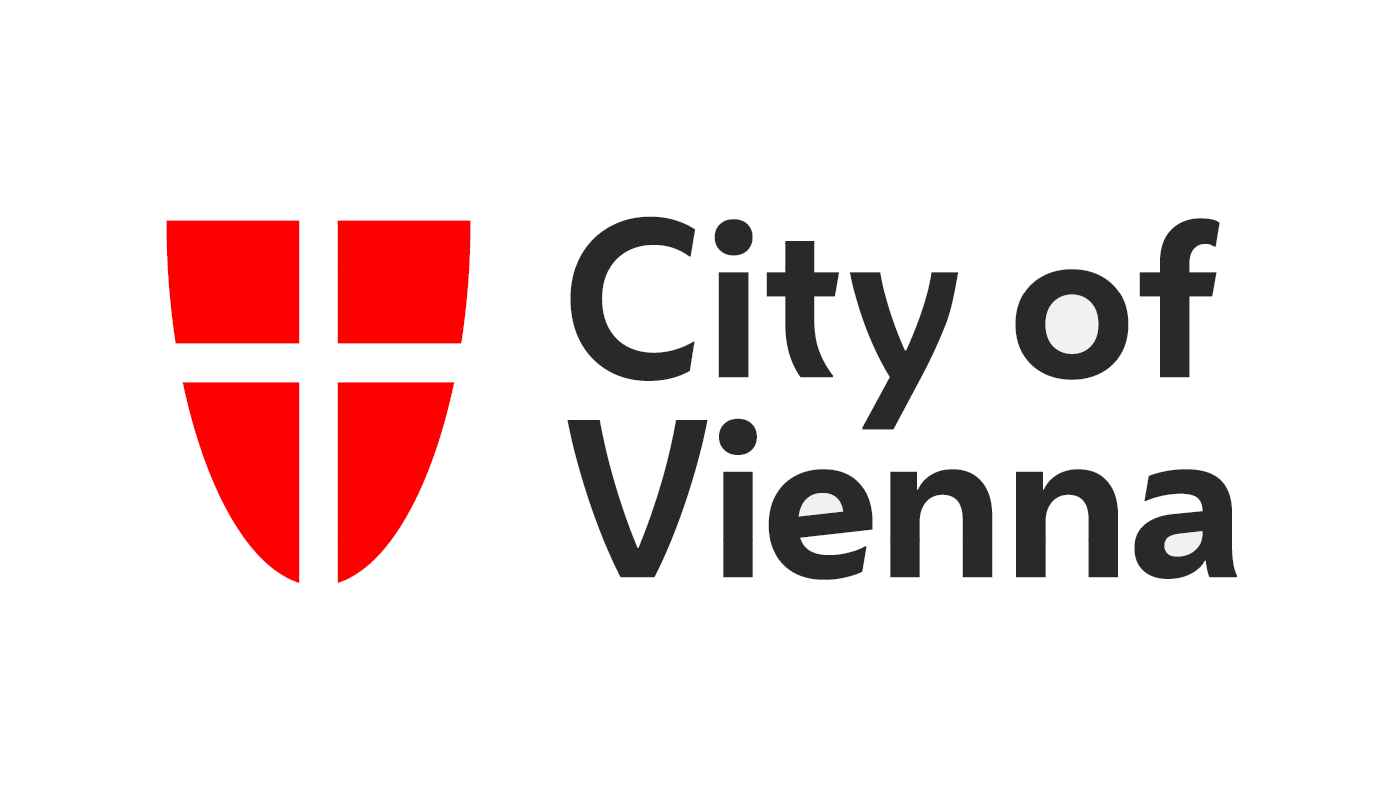One debate relevant to health care systems and especially their funding and provision deals with two-or multiple-tier health care. A two-tier health care system is one, where essential or basic health care is provided in a first tier based on need and that is financed and covered by SHI. A second tier offers medical treatment and care that is in quantity or quality above the first tier. The second tier is financed and covered by PHI (cf. Fourie 2017) and out-of-pocket-payments. Results for health care preferences in Zambia, which de-facto has a two-tier system, show that socioeconomic status has an effect on various preferences for health care quality attributes (Hanson et al. 2005).
“Today, that prevailing question focuses rather on what society could do for its citizens in optimizing their lives. Such an approach amounts to loading the dice in favor of redistribution” (Breyer and Kliemt 2015, p. 149). Further: “The concept of solidarity provided for a long time the ideological rationale for the transfer of financial contributions by individuals by way of compulsory health insurance schemes or national taxation to a universal health care system that should guarantee equal access to health care for those who are in need” (Ter Meulen and Jotterand 2008, p. 191).
Krohmal and Emanuel (2007) provide a critique of two-tier health care systems. Starting with the former, the first objection is that justice is grounded on equal needs in one market. Thus, a market tier, i.e. prioritised medical tier, is unjust because it permits different treatments for patients with identical or very similar symptoms. A second objection is the familiar one that equal opportunity levels the playing field of life itself. The third objection to two-tier medicine is grounded on Rawls’s ‘difference principle’: Socioeconomic inequalities must be structured so that they provide the biggest benefits to the least advantaged. It can be argued that a two-tier system, where access is dependent on income, wealth or proof of need, cannot fulfill this requirement. Fourth, in regarding health care as a public good, health care workers reciprocally owe their services to all members of society and thus must offer equal treatment to all patients. Fifth, a two-tier system is likely to undermine trust and quality in the first tier that is available to all of the public. Hence, a second tier cannot be just (Krohmal and Emanuel 2007).
Yet, Krohmal and Emanuel (2007) also offer a defence of two-tier health care systems. First, one-tier health care might not be efficient because health should not automatically be given the primacy in trade-offs with other public goods, such as education or housing. Second, also in line with the difference principle, having a second more costly health care tier may be to benefit the least advantage after all. This could be because more health care revenue can result in more medical innovation and because such a tier could incentivise the relatively poor and the relatively rich alike to become more productive, which would be to the benefit of society overall. Third, when it is the presumptive objective of health care to enhance the health of the population, then it is not the goal to make everyone equally healthy. This follows the argument against ‘leveling down’, which implies that it is unfair to take liberties and benefits off the wealthy just to foster equality. Fourth, need is not the only relevant distributive justice principle to be applied to health. Hence, costs of care and treatment should be considered in an equitable approach to health care. Fifth, health care is only a partial public good, i.e. it is not financed publicly by 100 per cent. Consequently, health care providers should not be forced to offer their services equally to everyone, regardless of a patient’s ability to pay. Last, health care is not more important than a lot of other goods and justice guarantees what should be socially provided and what should be up to humans to purchase freely and on the basis of their own preferences and values (Krohmal and Emanuel 2007).
One major objection to two-tier health care rests on social egalitarianism. It can be argued that a two-tier health care system would create a class-system, which would evoke inferior second-class citizenship and lower socio-economic status in many people. Such inferior status can be directly linked to poorer health outcomes, when one considers the social gradient in health. What is more, for people to be equal they need to be treated as equals and feel as equals. To achieve equal treatment distributive and procedural justice requirements must be aligned. Feeling unequal can reasonably happen even when inferior treatment is not occuring and is just perceived. In case that people are not treated equally respect-for-persons is violated. In case people are not treated equally and do not feel equal sense of self-worth and of solidarity is infringed (Fourie 2017).

